Asking for help or support can be difficult no matter the situation, but it can be especially hard when it comes to talking about mental health. Because of common misconceptions surrounding mental illness and addiction, many people find it uncomfortable to openly talk about mental health, creating a harmful stigma. This mental health stigma is predominantly seen among youth because young people are often portrayed as worry-free, light-hearted and not easily burdened with the tasks of daily living. However, we know that 50% of all chronic mental illness begins by age 14 and 75% begins by age 24.
We may never know exactly how to end the stigma around mental healthin our society, but we can work to form a sense of awareness around the issue and keep our loved ones informed. As people become increasingly more comfortable talking about mental health issues, we can normalize mental health.
4 Conversation Topics That Can Help End Youth Mental Health Stigma
Here are some simple exercises andmental health conversation starters to help you start to draw awareness in your daily life:
1. What is stigma?
Sometimes it’s hard to talk aboutour struggles with mental healthbecause we don’t know how to explain it or sometimes it doesn’t feel safe to do so. Stigma is anything that stereotypes, places a pre-judgment, or puts labels on a person, situation, or idea. Change to Chill focuses on reducing stigma around stress, anxiety, depression and other related conditions that are common with teens.
Mental health conversation starters:
- What does stigma mean to you? What does it look like? What does it feel like?
- How have you experienced stigma before?
- How have you ever applied stigma to a person, situation or idea (It’s okay, we all have!)?
2. 1 in 5 people will have a mental illness in their lifetime.
According to NAMI,1 in 5 people have or will receive a mental illness diagnosis in their lifetime. That might sound pretty scary, but it doesn’t have to be. Part of addressing stigma is taking the scary factor out of mental health. Mental illness is just like other chronic health conditions – think of acne, diabetes, high blood pressure, or celiac disease. We don’t apply the same kind of stigma to people who have these types of health conditions as we do to those living with a mental illness, even though they are all common, manageable and treatable!
Mental health conversation starters:
- How does it make you feel to learn 1 in 5 people have or will have a mental illness at some point in their life? What areways that you could talk about this with your friends or family?
- How does learning that mental illness is a health condition, just like any other health condition, change the way you think about mental illness?
3. What are stressors in your life?
Sometimes people apply stigma to those living with a mental illness, thinking they just can’t “deal” with life and stress the way everyone else can. But no one has their life completely together. Everyone has their own unique stressors and life circumstances and their own unique ways of coping with them. Learning what stresses you out is beneficial to everyone and can help reduce stress and, ultimately, improve your mental health.
Identifying stressors as a mindfulness practice:
- Identify some of the main stressors in your life – these could be anything! Ifyouare comfortable doing so, write themdownand share them with a friend or peer. Discuss the differences and similarities on your lists and brainstorm some healthy ways to cope.
4. Practice active listening..
Often, there is a misconception that people who are having a hard time want to be left alone to deal with their issues by themselves. While this may sometimes be true for people living with mental illness, it is often challenging for people who are struggling to reach out for support – it’s not always that they want to be left alone, it might just be that they don’t know how to ask for support or know what kind of support they need!
Practice being a supportive listener using these tips:
- Find a safe and comfortable place
- Ask questions that allow the person to talk about how they are doing openly
- Be an active listener – listen but don’t interrupt
- Respond with understanding and empathy
If you want a printed resource with these same topics, download and print off our conversation starters about stigma.
Together we can learn how to end stigma around mental health
By engaging in simple mindfulness practices and talking to your friends and family about mental health issues, we can get one step closer to normalizing mental health issues and ending the stigma.
Change to Chill wants to help end themental health stigma among youth in our community. We offer free online mental health resources for anyone who may be struggling with mental health issues and doesn’t know how to reach out for help.
To learn more about the importance and impact of the language we use, download our Language Matters handout.
